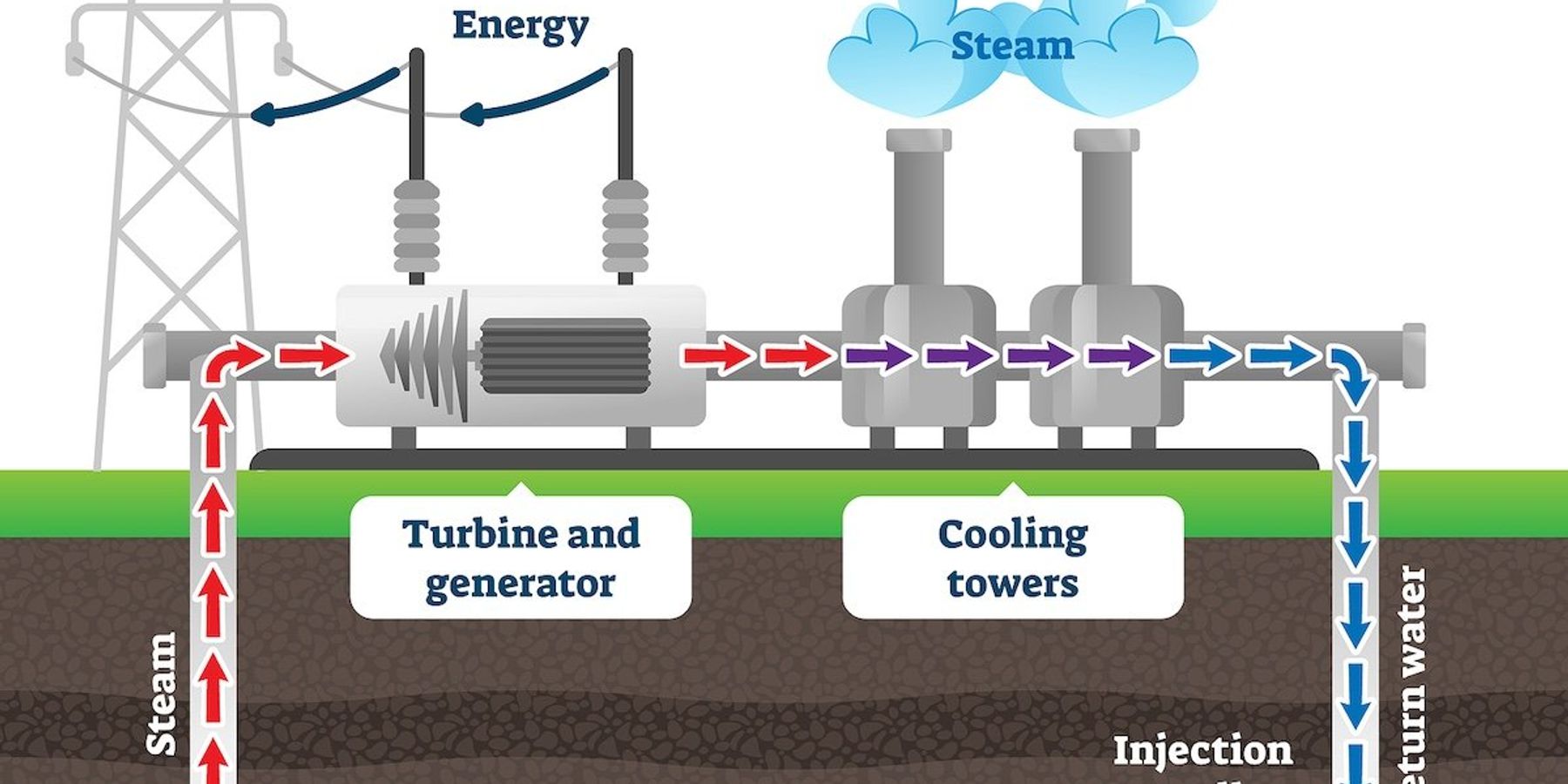coal energy
The decline of coal in the US energy mix
Natural gas and renewables are stepping in as coal's role in U.S. power generation dwindles.
In short:
- Coal's contribution to U.S. electricity production dropped to 16.2% in 2023, continuing a significant downward trend.
- The decrease in coal usage is largely replaced by natural gas and, to a lesser extent, renewables, driven by economic factors and environmental concerns.
- Challenges remain in ensuring a stable, affordable, and clean energy supply as the nation moves away from coal.
Key quote:
"It’s the economics of it — that stuff is cheap, so you use it. And it’s less carbon intensive, which is really good from a climate perspective."
— Melissa Lott, senior director of research at the Center on Global Energy Policy, Columbia University
Why this matters:
Coal, once the backbone of industrial power generation, is increasingly seen as an outdated and environmentally harmful energy source. Its decline is accelerated by stringent environmental regulations, competitive renewable energy prices, and a shift in investment toward green technologies.
How the Utah Legislature wants to keep the feds from cleaning the air
One lawmaker has proposed legislation that would create a process for Utah to ignore rules, like air quality regulations, in the future.
Germany’s emissions hit 70-year low as it reduces reliance on coal
A study by the thinktank Agora Energiewende found that Germany emitted 673m tonnes of greenhouse gases in 2023, 73m tonnes fewer than in 2022.
Aemo warns coal-fired power plants could drop off before replacements are ready
Australia’s main power grid faces the “real” possibility ageing coal-fired power plants will drop out before sufficient generation capacity and transmission lines are in place, the Australian Energy Market Operator has said.









